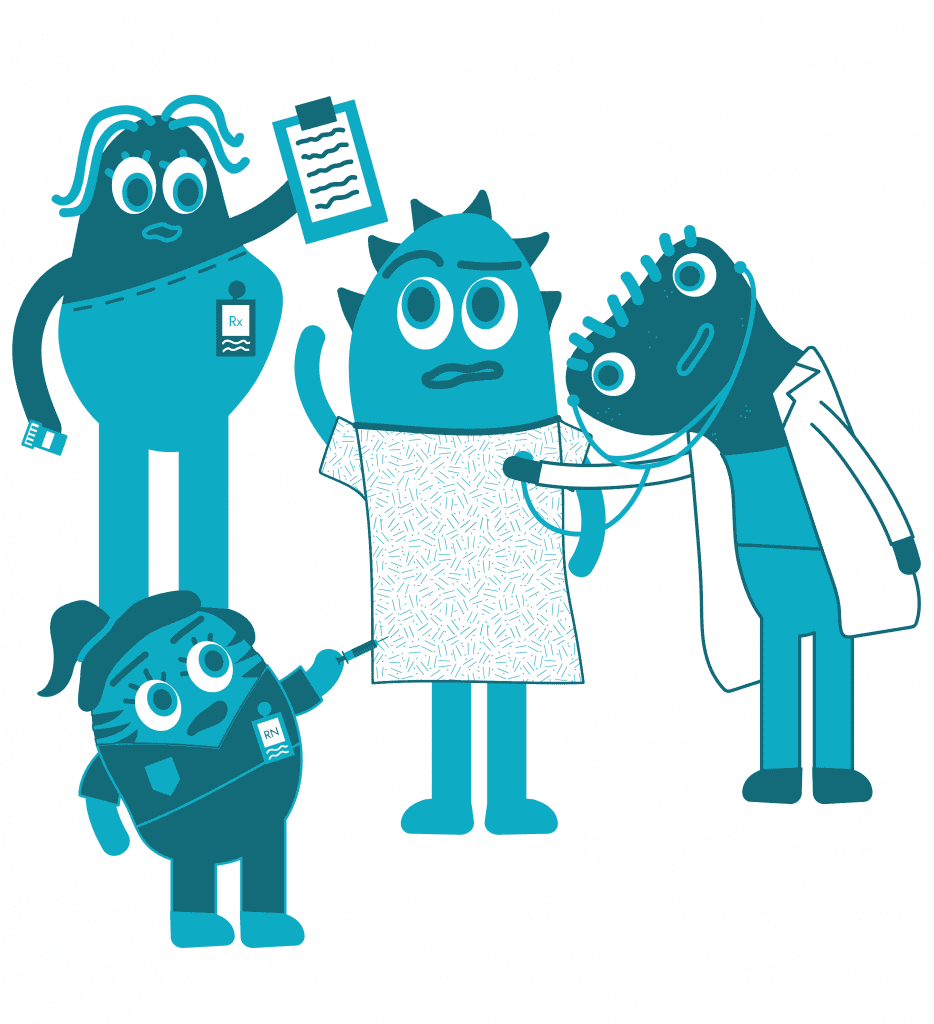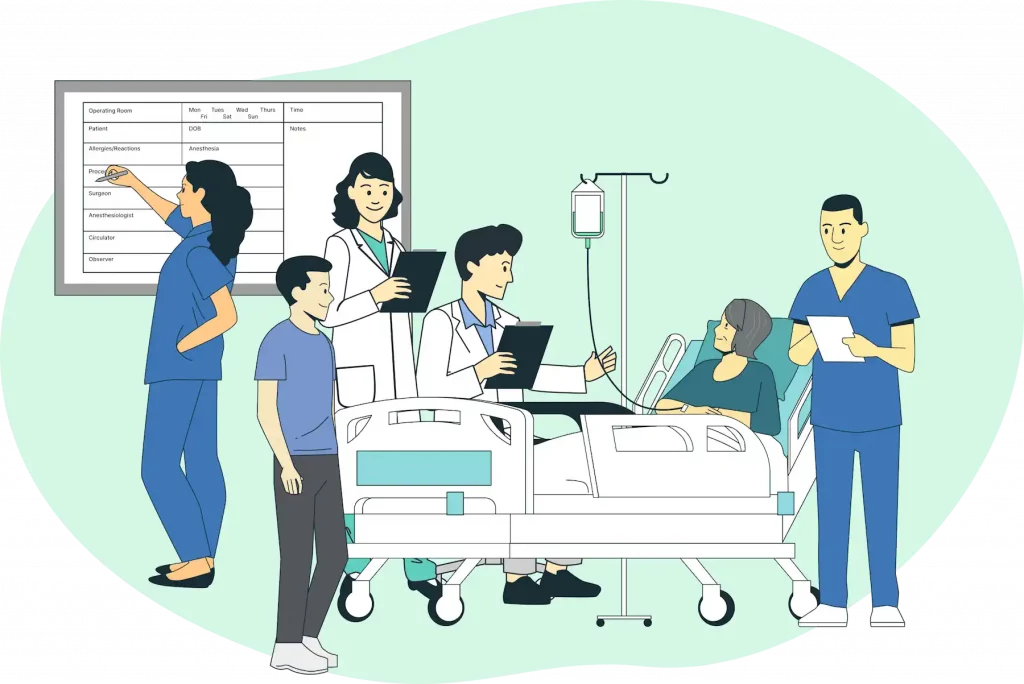Collaborative Cross-checking
What is Collaborative Cross-Checking?
As hospital clinicians, we navigate complex medical scenarios daily, armed with our expertise and the information available to us. Yet, despite our best efforts, the intricacies of patient care can sometimes elude us. This is where the concept of collaborative cross-checking emerges as a powerful tool in our clinical arsenal.
Collaborative cross-checking involves at least two individuals or groups with different perspectives examining each other’s assumptions and actions to assess validity or accuracy (Patterson et al., 2007). It acknowledges that no single person possesses all the information needed for comprehensive patient care, particularly within the dynamic environment of a hospital setting.
Consider this scenario: a concerned family member remarks, “I know you guys think my mother’s confused because she has dementia, which she does have, but she always recognizes me and she doesn’t this morning, something’s not quite right.” This simple statement encapsulates the essence of collaborative cross-checking. It highlights the importance of exchanging information between team members to ensure the accuracy of our assessments and actions.


Benefits of Collaborative Cross-Checking
Research indicates that resilient hospital units integrate mechanisms for collaborative cross-checking, resulting in fewer adverse drug events (Leape et al., 1999). Moreover, interdisciplinary rounds involving the entire care team in intensive care units have been associated with reduced mortality rates and increased patient satisfaction and quality of work life (Uhlig et al., 2002).
| Benefit | Example |
|---|---|
| Reveal hidden assumptions | Rather than continue to assume cognitive deficits are due to known dementia, team recognizes delirium after patient’s daughter reveals patient usually recognizes her by name |
| Clarify goal trade-offs | Patient not started on anticoagulant for stroke prevention due to history of falls has family member who clarifies that patient no longer ambulates |
| Explore solutions to meet competing or conflicting goals | Rather than placing referrals to nursing homes, patient can be safely discharged to home of working son when daughter and niece reveal that they can commit to checking in on patient at lunch each day |
| Better task distribution reduces redundant efforts | After three days of no progress, discharge planning personnel recruits physician to help family make a decision that impacts disposition |


Practical Application: Interdisciplinary Bedside Rounds
Truly effective rounding teams embrace collaborative cross-checking intentionally and with vigor. They recognize its pivotal role in enhancing patient care and approach it with diligence and energy. By deliberately challenging assumptions and verifying information, these teams ensure that no stone is left unturned in pursuit of accurate and comprehensive care.
In conclusion, collaborative cross-checking stands as a cornerstone of clinical excellence in hospital settings. By fostering an environment where diverse perspectives are valued and information is scrutinized collectively, we empower ourselves to deliver the highest standard of care to our patients. Let us embrace the practice of collaborative cross-checking wholeheartedly, knowing that it is through collaboration and shared knowledge that we truly shine as clinicians.
To learn more about integrating collaborative cross-checking into your clinical practice, consider joining one of our upcoming webinars or reach out to our team for further guidance: www.1unit.com/contact-us
To explore more advanced teamwork concepts visit our Resources.